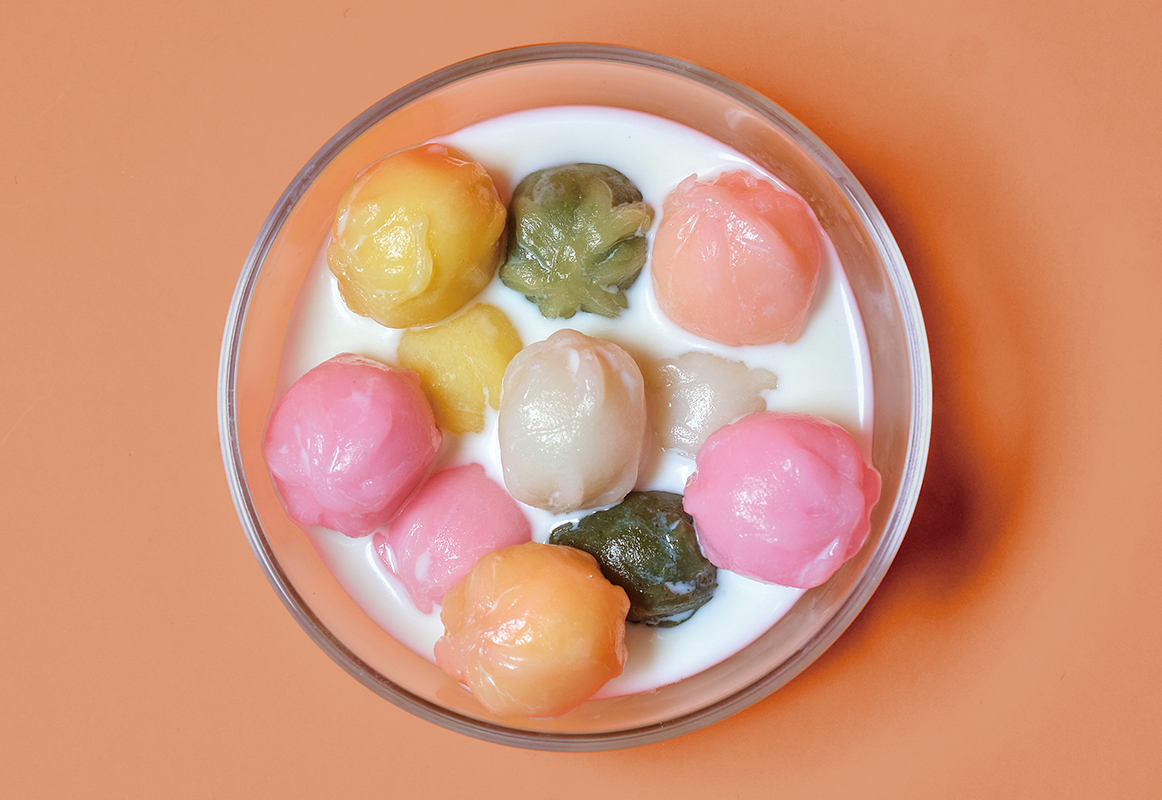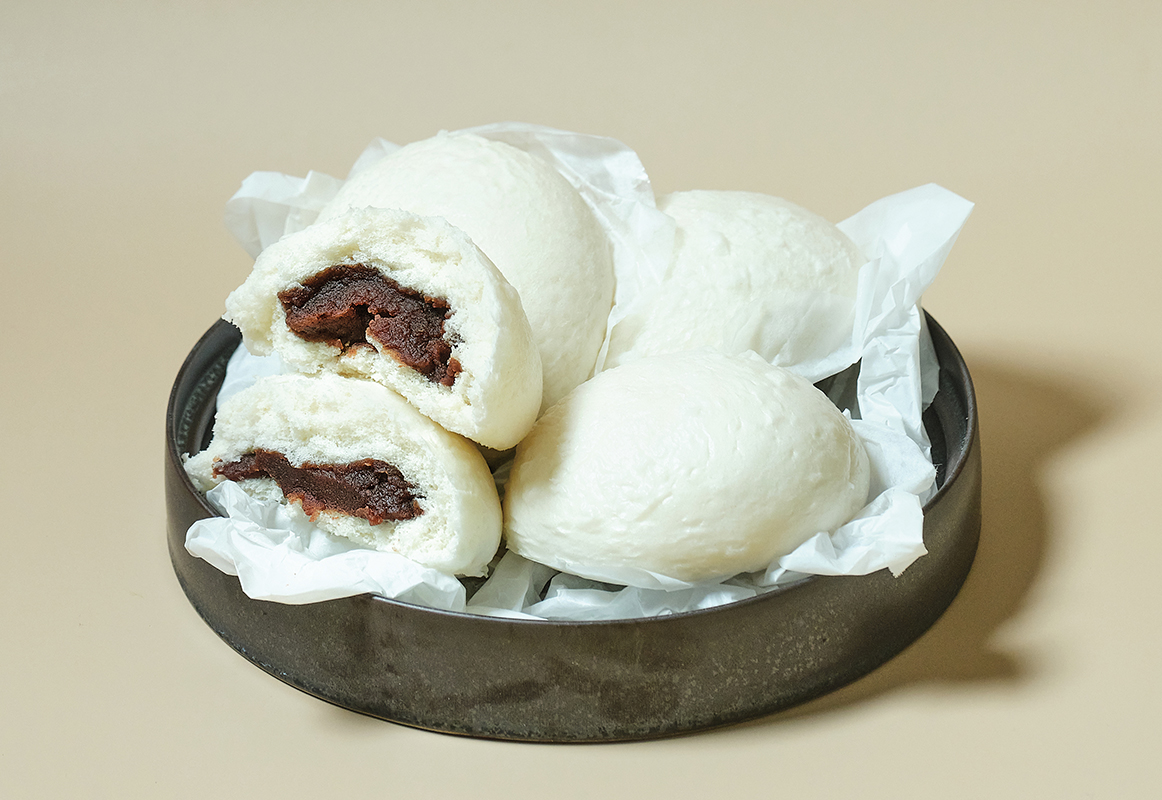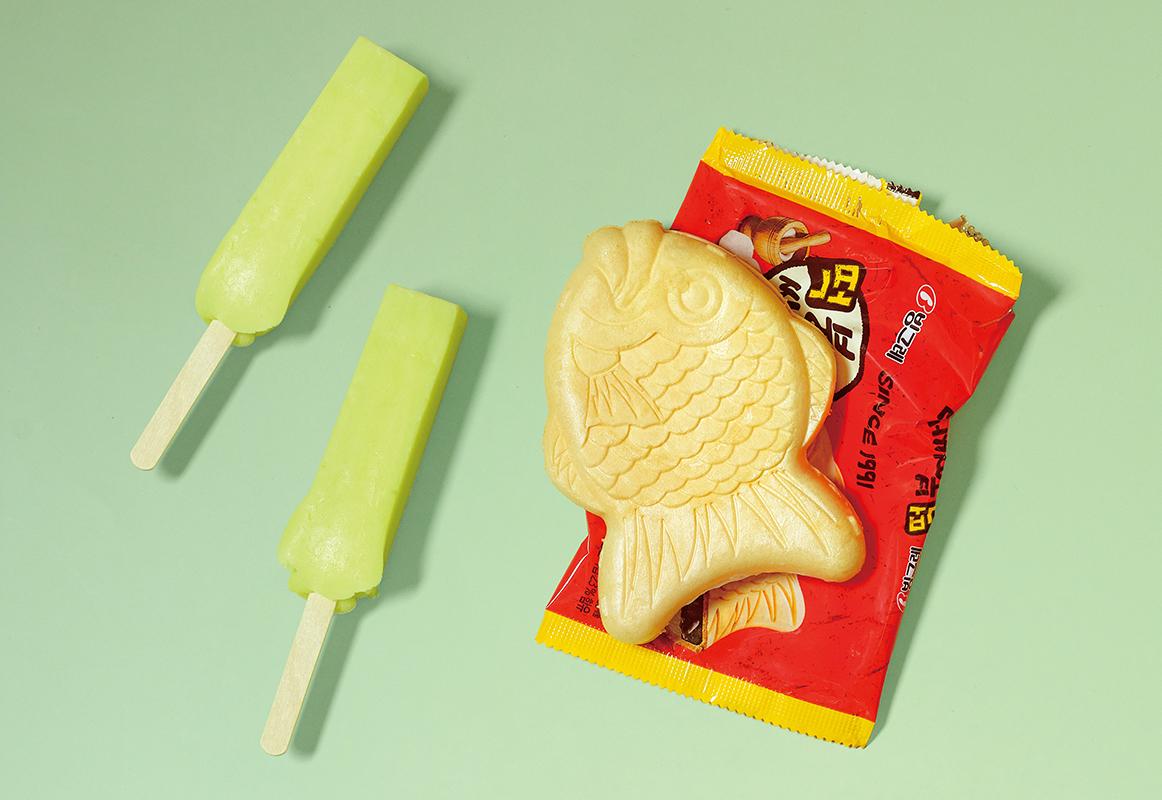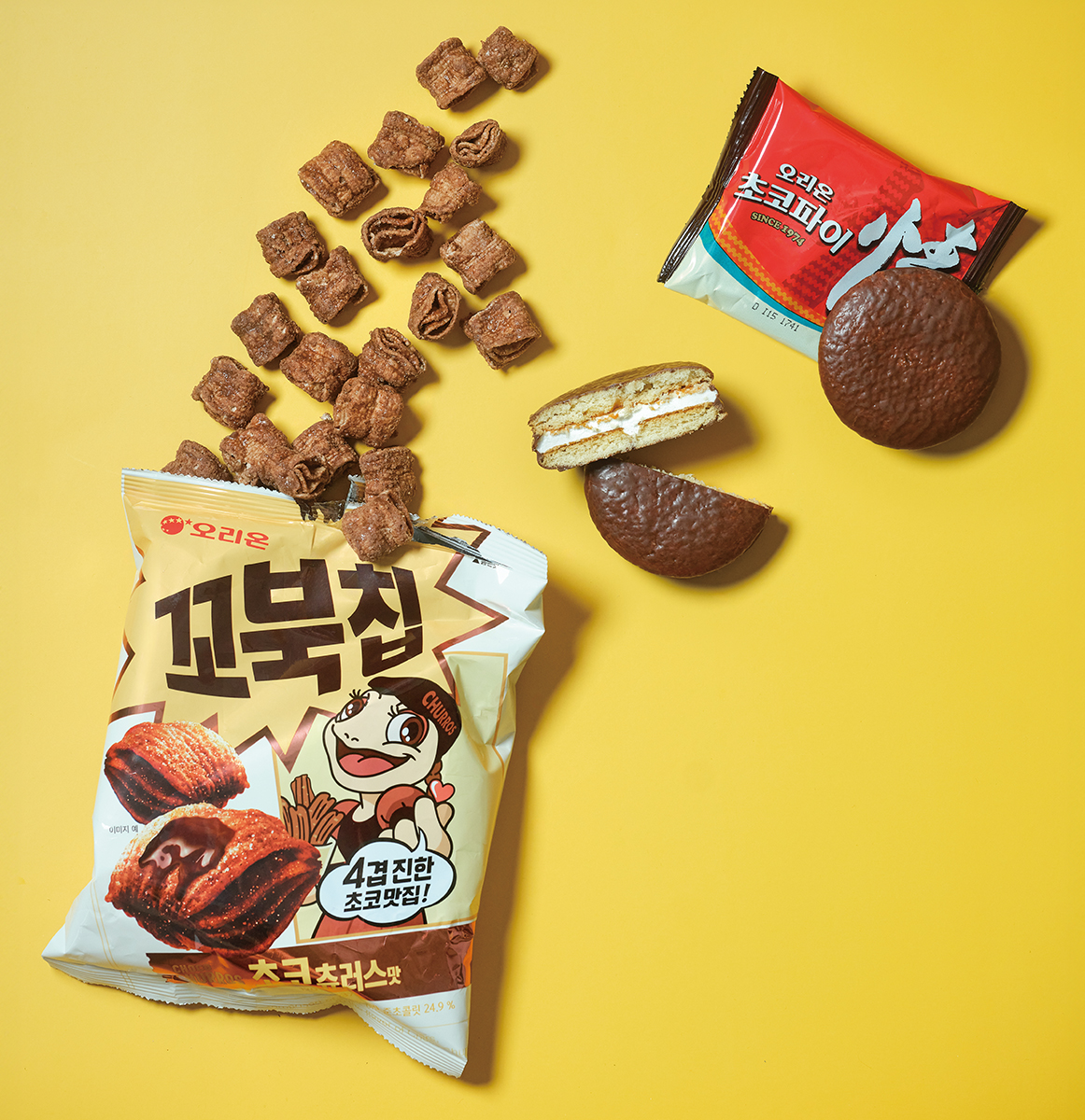
The world is turning its attention to Korean desserts. From Korean-style dessert recipes that first gained popularity overseas to products recognized in their homeland, the birthplace of snack confections, desserts are establishing themselves as the new Korean Wave.
K-푸드로 향했던 세계의 관심은 K-디저트로까지 확장했다. 해외에서 먼저 유행한 한국식 디저트 레시피부터, 스낵 과자를 발명한 본토에서 인정받은 상품까지, 디저트는 새로운 한류로 자리매김하고 있다.
Writer. Sung Ji Yeon
Tteok (rice cake) is a traditional Korean snack made by steaming grain flour. While Koreans have long enjoyed it both as a meal and as a snack, its chewy texture and rice-based composition have made it less popular among foreigners unfamiliar with such treats compared to Western-style pastries and breads.
However, in late 2024, a phenomenon occurred where a tteok-based snack became popular overseas and was then reverse-imported to Korea. The global sensation was “kkultteok cereal.” Kkultteok is a rice cake sweetened with honey or sugar, offering an appealing combination of a chewy texture and sweet syrup. Abroad, a craze emerged for enjoying it as “cereal” by pouring milk over it.
The popularity of kkultteok cereal can be attributed to several factors: resistance to Korean food decreased through K-content; accessibility increased due to its familiar texture, similar to tapioca in bubble tea, and tteok was perceived as an attractive snack for those seeking gluten-free diets for health reasons. Kkultteok cereal, which became a hot topic on social media and various communities, became a case study demonstrating the world’s growing interest in Korean desserts.

Jjinppang (steamed buns) are snacks made by steaming flour dough filled with sweet red bean paste, pizza-flavored vegetables, meat or sweet potato filling—a representative Korean winter dessert.
What was once a familiar snack only to Koreans is now gaining international attention. A major confectionery company’s signature jjinppang brand has entered world supermarket chains and is being exported to over 25 countries. In 2023, it received acclaim at Anuga, the largest global food fair, by showcasing creative flavors such as salted butter jjinppang and buldak (spicy chicken) jjinppang.
Experts cite the K-food craze as the reason bakery-style snacks have been able to grow overseas. While previously centered on meal items like bibimbap (mixed rice with vegetables and meat) and kimchi, interest in food has expanded to include desserts. Combined with practical features like simple cooking methods, individual packaging and excellent shelf life, these factors have driven their popularity.

Ice cream is not a Korean invention. However, Korea’s experimental spirit in reinterpreting it and creating diverse product lines has gained global attention.
In 2025, Korean frozen dessert exports surpassed USD 100 million for the first time ever. Popular products include a square melon-flavored milk ice cream bar. In overseas markets where frozen treats combining fruit and milk are rare, this product gained popularity with its distinctive flavor.
An ice cream modeled after bungeoppang, a Korean winter snack, also attracted attention on social media. Since animal-shaped ice cream is uncommon, this product’s novelty, cuteness and “uniquely Korean quirkiness” combined to establish it as a special dessert among foreigners. Ultimately, what captured the world’s attention was Korea’s playful imagination—flavors that cannot be tasted anywhere else.

While Korean snack foods didn’t originate from traditional treats, they opened up the global market through their adaptability—making slight modifications to products to suit local circumstances.
One chocolate snack that has been beloved in Korea for over 50 years has become a global treat transcending borders through thorough localization overseas. For example, in Russia, where tea culture is well-developed, it was reborn as a “dessert chocolate snack” using berries instead of marshmallows. Distribution strategies adapted to the climate are also part of localization efforts. In hot regions, a “frozen sales” method was adopted to prevent chocolate coating from deteriorating, which actually became a hit as it was perceived as a “snack to be eaten cold.”
Additionally, another product famous for its multi-layered crispy texture continues its steady popularity by releasing various versions, such as lime flavor and masala flavor by country, employing localization strategies tailored to different cultural preferences. Through this strategy of satisfying everyone’s tastes, Korean snacks are becoming a source of joy for people worldwide.
